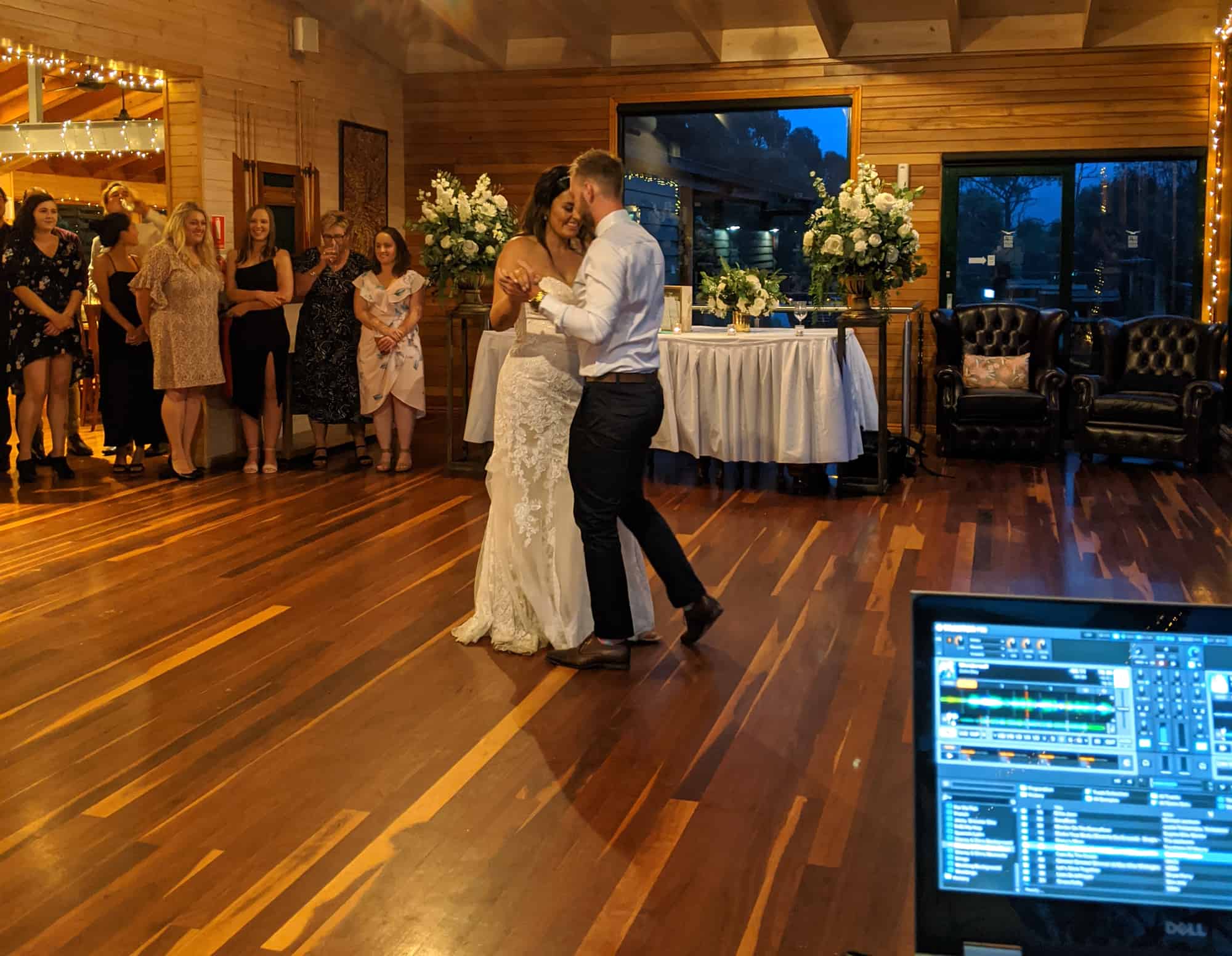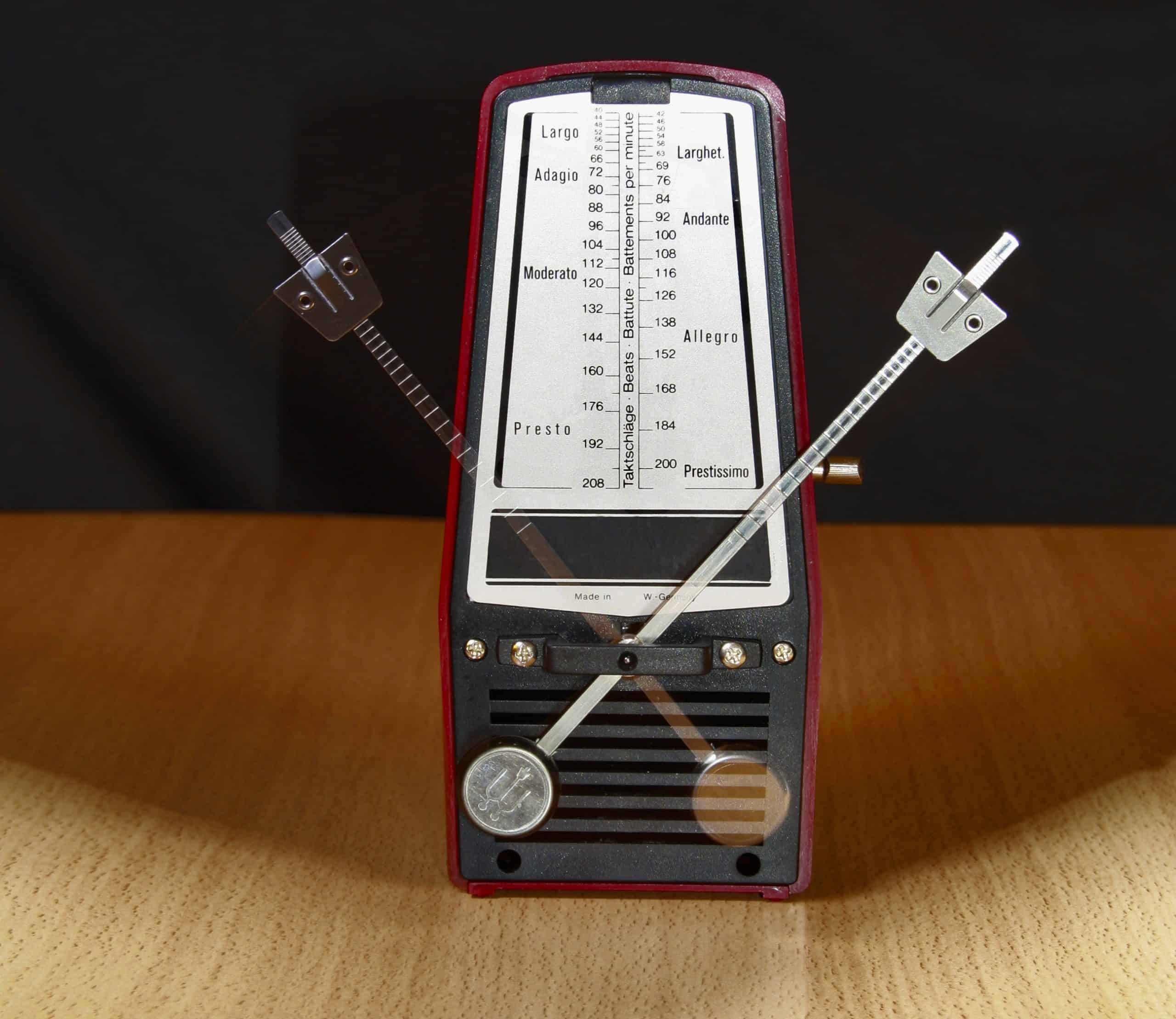How To Create Your Wedding Dance
The first wedding dance is an essential part of every wedding reception, and is a moment you will cherish forever. However, for non-dancers, the thought of dancing in front of family and friends can be daunting. But with a little bit of guidance and practice you can create a beautiful first wedding dance that you will enjoy and remember for a lifetime. Here are some tips on how to create a first dance for non-dancers.
Pick Your Song
The first step in creating a first wedding dance is to choose the right song. The song should be special to you and your partner, and it should fit the mood and theme of your wedding. You can choose a slow, romantic song, or a more upbeat and lively one. Whatever you choose, make sure you both love the song and feel comfortable dancing to it.
Understand Your Song
Once you have chosen your song, it’s essential to understand its tempo and pay attention to its lyrics. The tempo is the speed at which the song is played, and the lyrics will help you understand the mood and emotion behind the song. Understanding these elements will help you choreograph your dance and choose the right moves.
Determine The Length Of Your Choreography
We recommend roughly a 2 min 30 sec choreography for a first dance. Most songs are longer than that. You have a few options here.
If it is a recording, it might be necessary to edit your song to fit this time frame. You can use music editing software (Audacity is a free software that will do the job) or hire a professional to cut your song to the desired length. This will at least give you a rough track to rehearse with.
If a band or DJ is playing your song simply ask them to cut it to the desired length on the night – this is very easy for them to do.
Most couples though opt to get the wedding party involved. On a signal (the final dip for example), your wedding party will join you on the dance floor and finish the dance with you. They can then be followed by the rest of the guests. This is a great way to open the dance floor for the rest of the night.
Understand Your Space
It’s essential to understand the space where you will be performing your wedding dance. Consider the size of the dance floor and the number of guests. If you have a small dance floor or a large number of guests, you may need to adjust your choreography accordingly.

Stacey & Chris performing their first dance at Yarra Valley Estate.
The shape of the dance floor and where your guests will be positioned in relation to it will also determine your line of dance. You don’t want to be dancing with your back to the guests!
Loose Vs Strict Choreography
A strict choreography is a choreography where every move and shape that a dancer does is tied to a specific beat in the music. It is very technical and requires a lot of skill and practice. It’s perfect for dancers who want to showcase their talent.
A loose choreography, on the other hand, is a free-flowing dance routine. It isn’t strictly tied to each beat of the music and therefore that it’s a lot easier to achieve. It’s perfect for non-dancers who want to keep things simple and have fun but still want to impress.
Create A Choreography
A choreography is basically a plan. Keep it simple! Typically we would advise: entrance + 3 patterns + exit.
The Entrance
The entrance is an essential part of your wedding dance. It sets the tone for the entire routine, and it’s the first thing your guests will see. You can enter the dance floor from opposite sides, or you can start in the middle or walk hand and hand as the music has already started. Whatever you choose, make sure it’s a moment that you will both enjoy and remember.
Learn Basic Dance Skills
Before you start choreographing your dance, it’s essential to learn some basic dance skills. These skills include leading and following, posture and frame, and basic steps.
Leading and following is the ability to communicate with your partner through tension in your frame and movement. Posture and frame are important because they help you maintain your balance and create a more elegant look. The basic steps depend on the dance style you have chosen. Our advise if you are not a dancer is to keep to a marching step, 1 step per beat.
Learn Patterns
Patterns are a collection of moves that you can use to create your dance routine. There are many different patterns that you can learn, and you can mix and match them to create your unique choreography. You can find any number of dance moves and patterns on YouTube.
Learn Your Finale
The finale is the most exciting part of your wedding dance. It’s the moment where you will do something special to impress your guests. The most popular finale move is the dip, where one dancer dips the other at the end of the routine. It’s essential to practice this move to ensure that it’s safe and comfortable for both of you.
Put The Patterns To Music & Keep The Tempo
Once you have learned the basic steps, patterns, and finale move, it’s time to put them all together with the music.
It’s essential to keep the tempo of the song in mind while practicing your routine. The tempo will determine the speed at which you perform your dance moves. If the tempo is too fast, you may need to simplify your routine. On the other hand, if the tempo is too slow, you may need to add more moves to fill the time.

If you have difficulty dancing on your song’s tempo, try a metronome. You can download a free metronome app on your phone and set it to your song’s BPM (Beats Per Minute). Simply Google your song title and artist + BPM and you should find it. This will eliminate all distractions and help you keep the tempo.
Important: if a band or duo is performing your first wedding dance for you live, be sure to stipulate the tempo you want them to play the song at if not the original tempo. If you have opted for strict choreography and are not experienced dancers we recommend against performing your first wedding dance along to a live band.
The Importance of Rehearsing
Practice makes perfect, and it’s essential to rehearse your wedding dance as much as possible before the big day. Rehearsing will help you feel more comfortable and confident while performing in front of your guests. It’s also an opportunity to work on any problem areas and refine your routine. Our advice is to rehearse with short and regular sessions. 3 x 20 min sessions are better than 1 x 60 min session.
Use The Right Shoes
Wearing the right shoes is essential for a successful wedding dance. Avoid shoes with high heels, as they can be challenging to dance in and may cause you to lose your balance. Opt for comfortable shoes with a low heel or flat sole that will allow you to move freely on the dance floor.
Film Yourselves During Practice
Filming yourselves during practice is an excellent way to track your progress and see which areas you need to improve on. It’s also an opportunity to see how your routine looks from an outside perspective and make any necessary changes.
Creating a wedding dance for non-dancers may seem intimidating, but with the right guidance and practice it’s easy to create a beautiful and memorable routine.
Start by picking the right song, understanding the tempo and lyrics, editing the song to fit the recommended length, and understanding your dance floor space. Decide if you want a loose or strict choreography, create an entrance, and learn basic dance skills such as leading and following, posture and frame, and basic steps. Learn patterns and your finale move, put everything together on music while keeping the tempo, rehearse as much as possible, use the right shoes, and film yourselves during practice.
With these tips, you and your partner can create a first wedding dance that will be remembered for years to come.
This article was written by our friends at First Dance Academy. For a more detailed explanation about how to create a beautiful first wedding dance check out their free step-by-step video tutorial.
